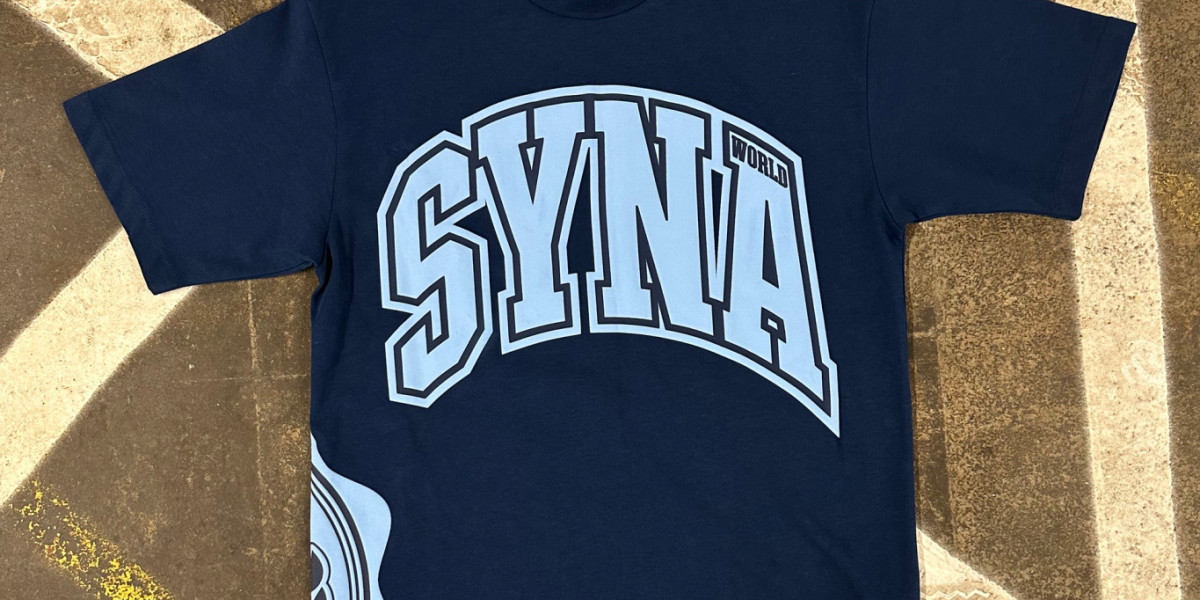Exterior standard railings play a crucial role in both the safety and visual appeal of residential and commercial properties. Whether installed on balconies, staircases, porches, decks, or ramps, these railings serve as reliable barriers that prevent falls while also enhancing the architectural aesthetics of a building. With the right design and materials, standard railings can transform the exterior of any property, blending safety with style.
What Are Exterior Standard Railings?
Standard exterior railings refer to prefabricated or custom-fitted railing systems that meet local building code requirements for outdoor safety. Typically installed on staircases, walkways, patios, and decks, they are essential for preventing accidents and providing support. Available in various materials such as wrought iron, aluminum, steel, and even composite or vinyl, these railings can be customized to match any architectural theme — from traditional to contemporary.
Safety Meets Functionality
The primary purpose of any exterior railing is safety. Whether installed in a residential backyard or at a commercial entryway, these railings offer a secure handhold for people ascending or descending steps. They also act as barriers on elevated surfaces, reducing the risk of falls. When constructed from durable materials and installed by professionals, standard railings can withstand harsh weather, corrosion, and daily wear, ensuring long-term protection.
Local building codes often dictate the height, spacing, and strength requirements for exterior railings, especially in public or high-traffic areas. Choosing a railing system that complies with these standards is essential for safety and legal compliance.
Material Options for Standard Railings
Wrought Iron – Known for its timeless look and strength, wrought iron railings add elegance to traditional homes and buildings. They can be adorned with decorative elements and are highly durable when properly maintained.
Aluminum – Lightweight, rust-resistant, and low maintenance, aluminum railings are ideal for coastal or humid environments. They come in a variety of finishes and styles to match modern or classic exteriors.
Steel – Heavier and more robust than aluminum, steel railings are great for industrial or commercial applications. Powder-coated steel offers both strength and aesthetic flexibility.
Vinyl or Composite – These materials offer a low-maintenance alternative to metal railings. Resistant to rot, fading, and insect damage, they are often used in residential applications for their cost-effectiveness and variety of colors.
Design Flexibility
One of the advantages of exterior standard railings is the range of design options available. Whether you prefer clean, straight lines for a modern look or ornate scrollwork for a more decorative feel, standard railing systems can be customized to suit your needs. Additionally, they can be paired with glass panels, cable infills, or wood elements for added visual interest.
Conclusion
Exterior standard railings are more than just safety features — they are a key component of your property's overall appearance. By selecting the right materials and design, homeowners and business owners can enhance curb appeal while ensuring safety for everyone. Whether for a front porch, stairway, or outdoor terrace, a well-crafted railing system provides peace of mind, durability, and style that lasts for years to come.






